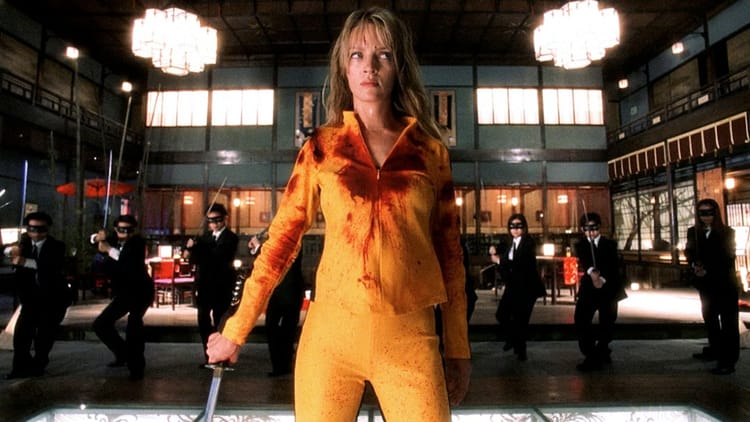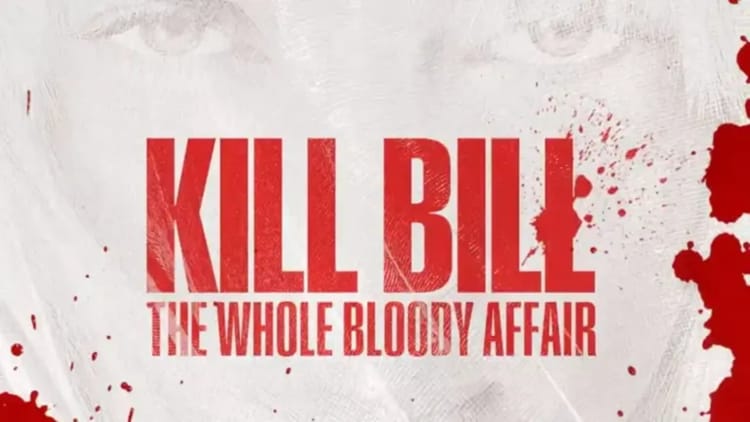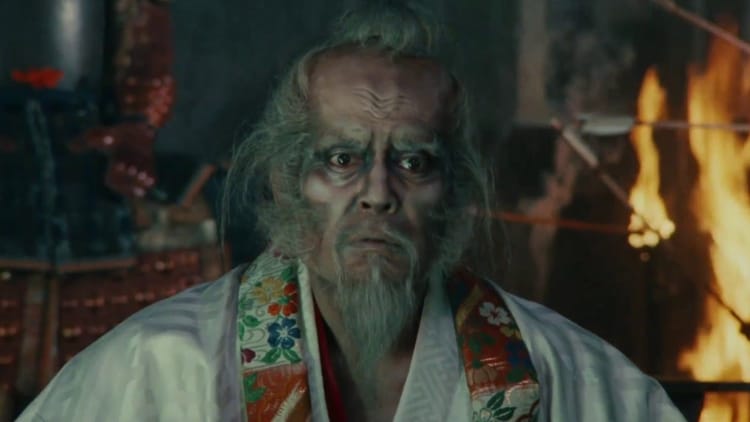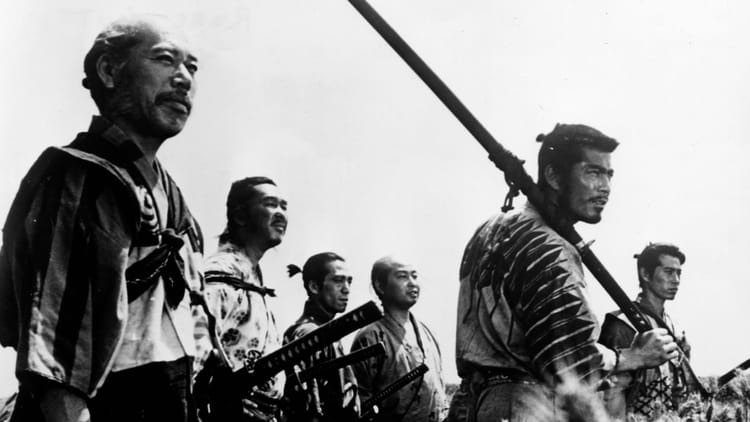Sword of the Beast
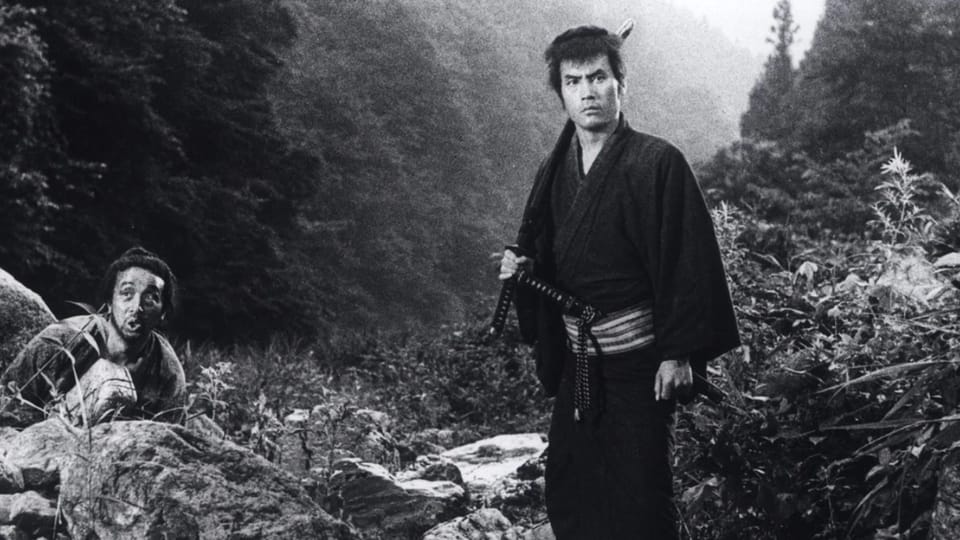
Sword of the Beast, Hideo Gosha’s 1965 gut-punch of a jidaigeki flick, ain’t your typical samurai epic with grand battles and noble warriors. No, this is Gosha doing what he does best: stripping the samurai mythos down to its raw, dirty core. Here’s the setup: Gennosuke (Mikijiro Hira), a disgraced samurai who’s had enough of the bullshit, assassinates a counselor as part of some reform scheme. But when his so-called comrades stab him in the back, he says screw it and ditches the samurai code to live like a wild animal.
Now, Gosha’s not playing around with this one. While Kurosawa might paint feudal Japan as some sweeping epic, Gosha zooms in on the grime, the hypocrisy, and the downright ugliness of the samurai world. Sword of the Beast ain’t about honor and loyalty—it’s a brutal takedown of those very ideals, showing them for the tools of control they really are. It’s lean, mean, and gets the job done in under 90 minutes, packing more punch than most films twice its length.
Set against the backdrop of the late Tokugawa shogunate—a time when Japan was on the brink of massive social upheaval—Gennosuke’s story is one of disillusionment and survival. He’s the guy who tried to push for reform in a system rigged from the top down. But when that system chews and spits him out, he has nothing left but his instincts. The film doesn’t just critique the samurai code; it shreds it to pieces, exposing it as a tool for maintaining a rigid social hierarchy that benefits the powerful and screws over everyone else.
The plot’s tight as a drum, following Gennosuke as he teams up with a shady farmer named Gundayu (Takeshi Katō) to steal the shogun’s gold. But things get real complicated, real fast, when they run into Jurata Yamane (Go Kato) and his wife Taka (Shima Iwashita), who are also after the gold—but for their struggling clan. Suddenly, Gennosuke’s gotta figure out where he stands. Is he just a beast trying to survive, or is a shred of honor still left in him?
Despite all the moving parts, Gosha keeps the pace relentless. There’s no wasted time, no fluff. Every scene drives home the film’s themes of sacrifice, betrayal, and the harsh realities of life in feudal Japan. And let’s talk about the action—because Sword of the Beast delivers in spades. The fight scenes are gritty, chaotic brawls, not some choreographed dance. These are characters fighting for their lives, and it shows. The lack of flashy moves or heroic duels gives the violence a raw, desperate feel that’s all too real.
I’m a cornered and wounded beast. I can’t afford to live by my conscience. My opponent is a strong warrior, it is true. But it’s up to me whether I defeat him and take his gold, or am defeated by him and left to die a dog’s death in the hills.
Cinematographer Toshitada Tsuchiya deserves a shoutout here too. The black-and-white imagery captures the rugged Japanese countryside in all its stark beauty. Whether it’s a fight scene in tall grass or a standoff by the river, the landscapes aren’t just backdrops—they’re part of the story, mirroring the characters’ internal struggles.
But Gosha doesn’t just give us a pretty picture; he digs into the grime. Sword of the Beast isn’t afraid to get its hands dirty, especially when it comes to the film’s portrayal of women. This is where things get a bit tricky. Female characters often end up as seductresses or victims. Gosha doesn’t shy away from exploiting their vulnerability for dramatic effect. It’s a problematic aspect of the film that clashes with its otherwise strong narrative.
Even with these issues, Sword of the Beast remains a heavyweight in the chanbara genre. It’s a film that takes a hard look at the darker side of samurai life, challenging the glorified narratives of honor and loyalty that so often dominate the genre. Gosha’s direction is razor-sharp, the script is tight, and the cinematography is stunning. The result? A film that’s as thought-provoking as it is thrilling.
In the end, Sword of the Beast is Hideo Gosha at his best—delivering a no-holds-barred critique of the samurai code and the societal structures that prop it up. It may not have the epic scale of Kurosawa’s classics, but it stands out for its raw energy, sharp social commentary, and unflinching portrayal of a world where honor is just another word for hypocrisy. This is chanbara stripped to its bones, and it’s one hell of a ride.

